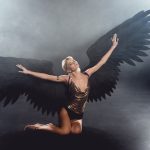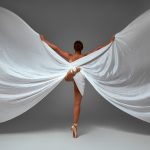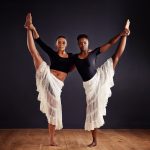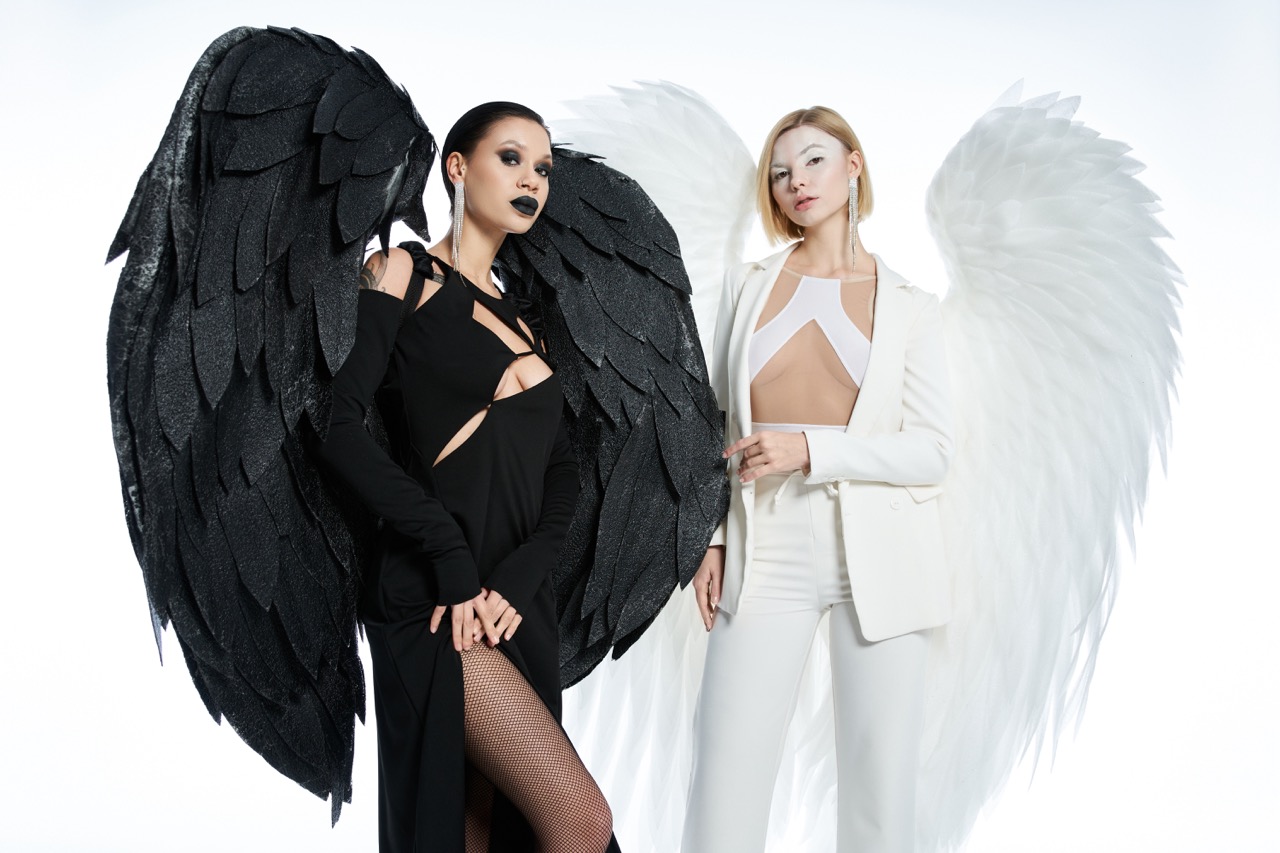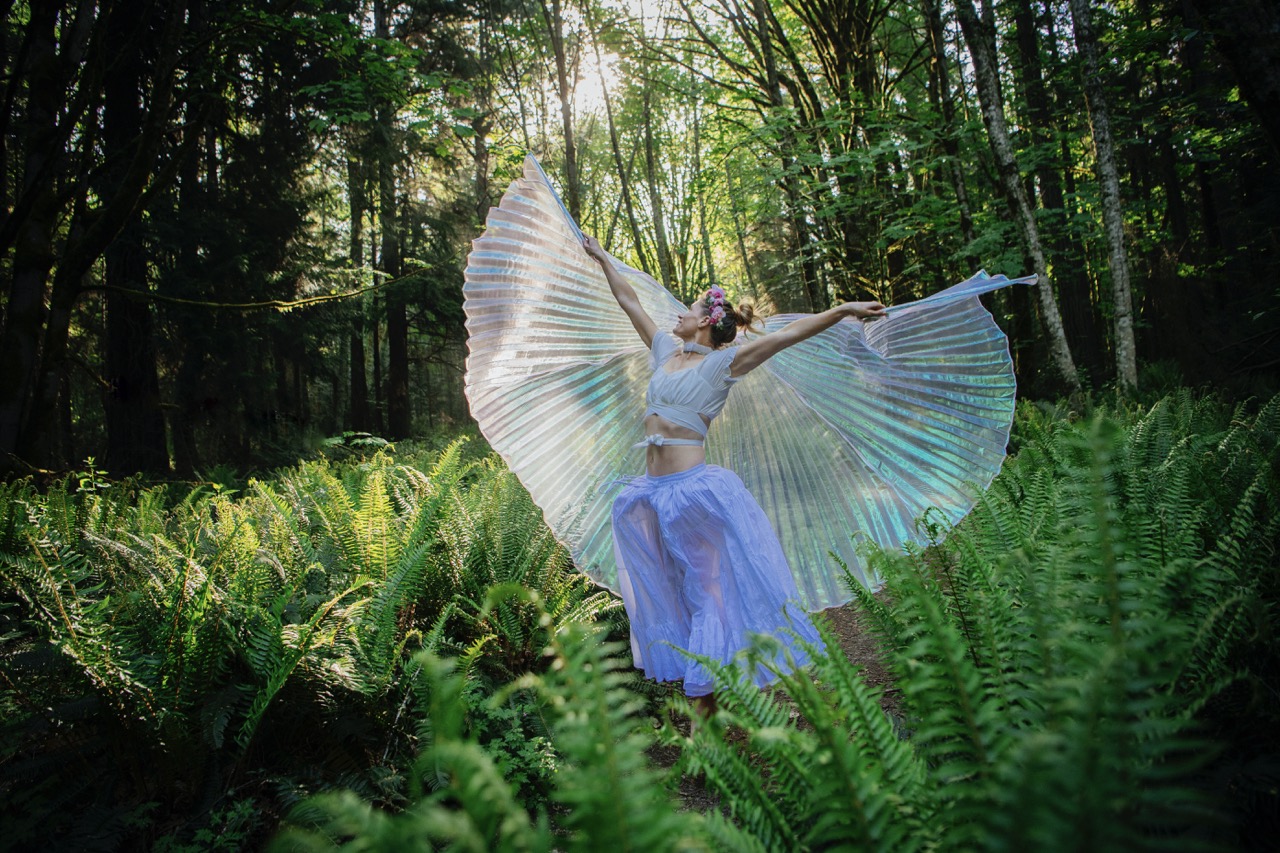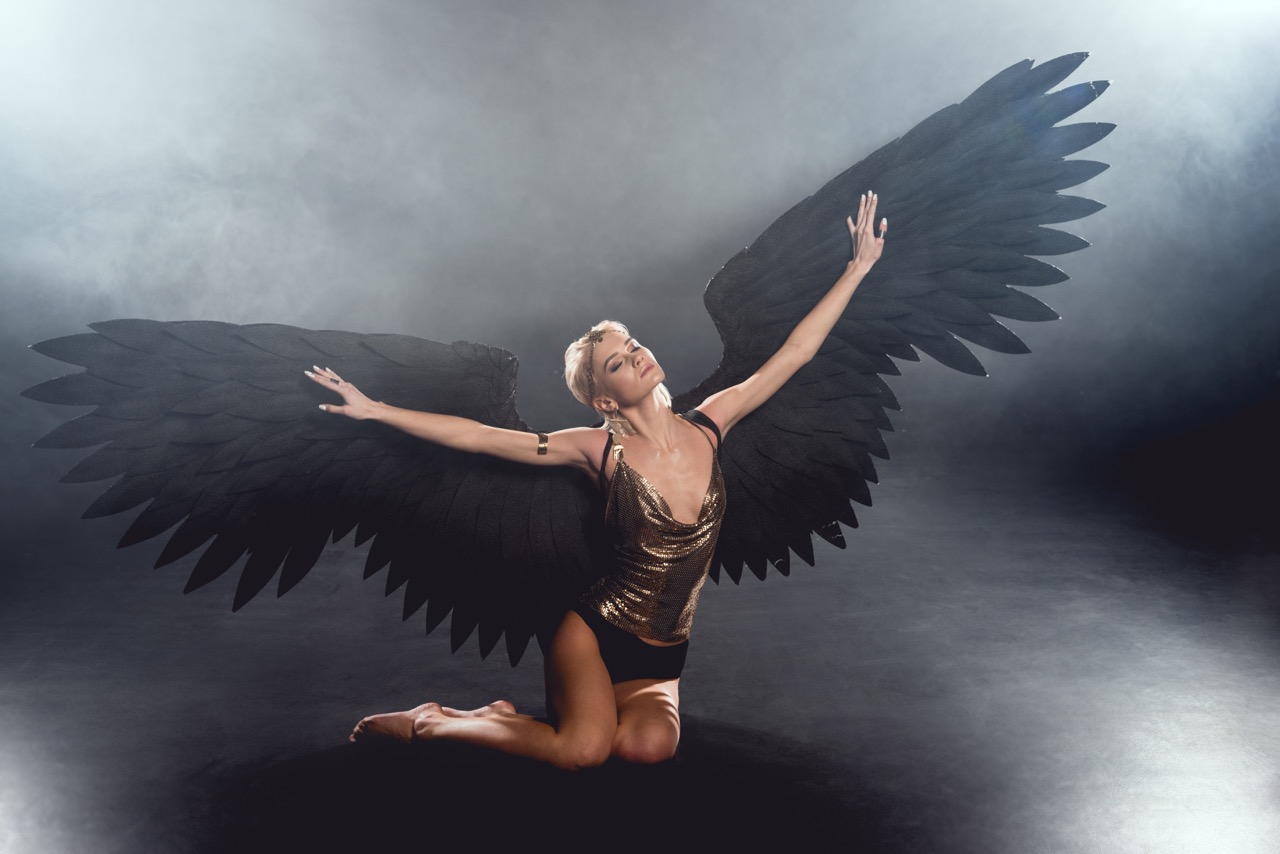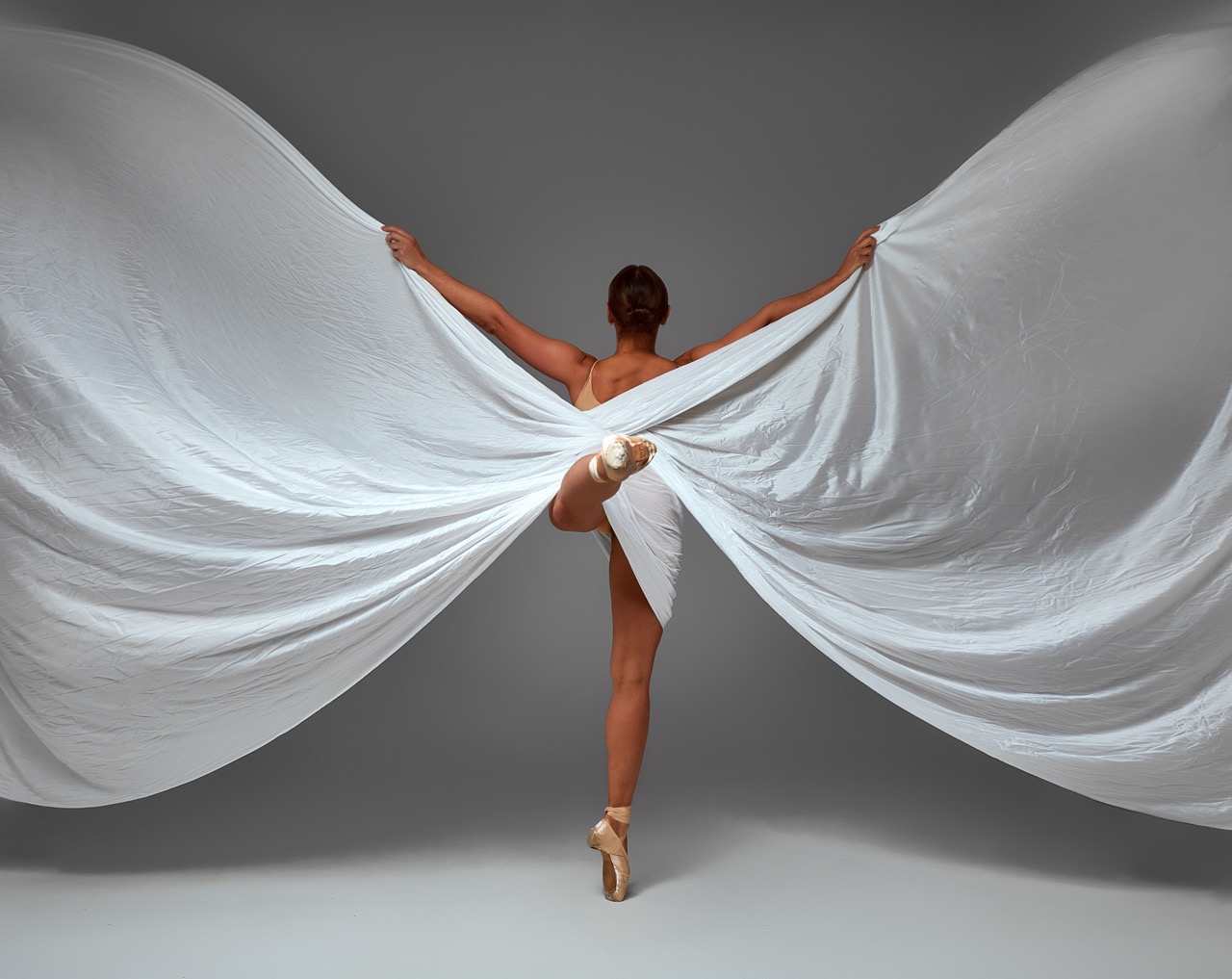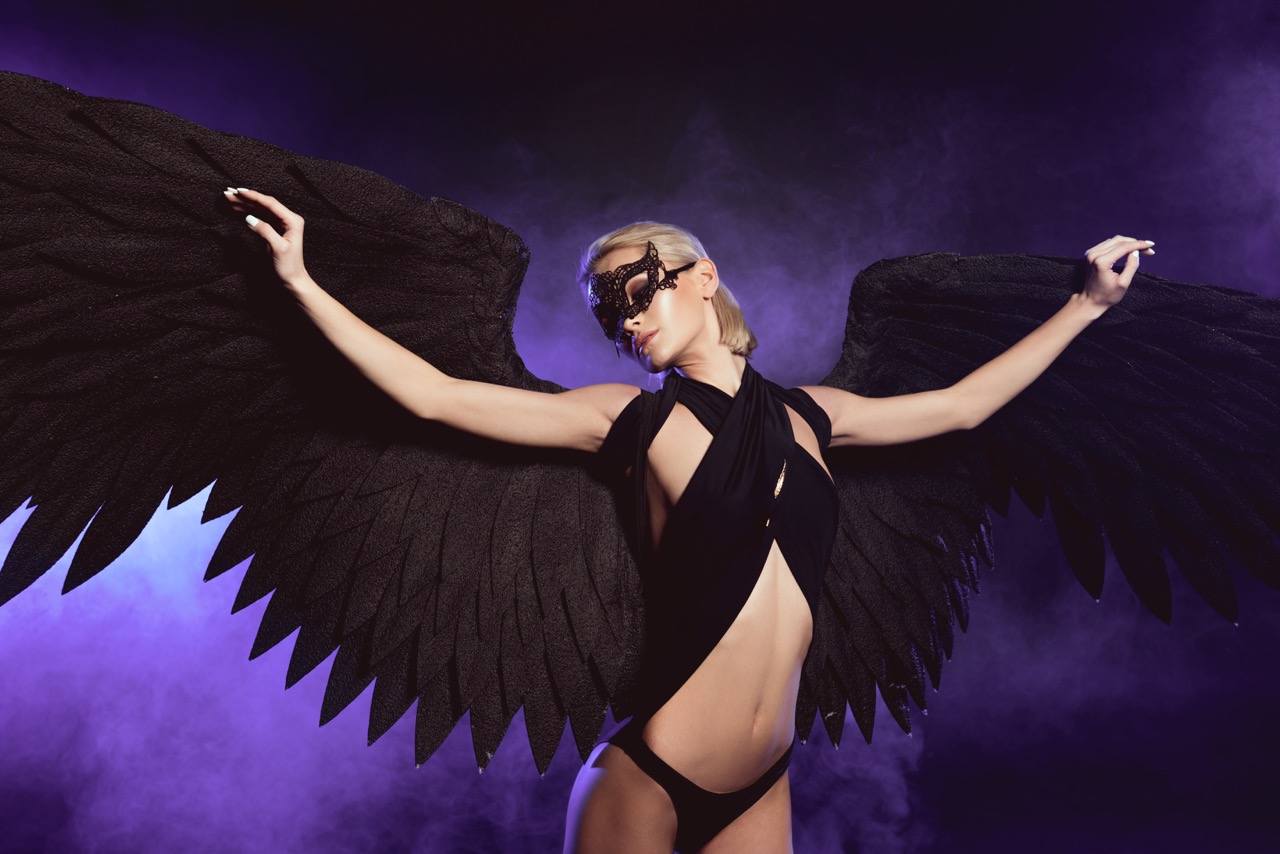Dance has long been a medium for expressing emotions, stories, and cultures. Yet, when combined with the ethereal allure of wings, it transcends the ordinary, transporting both performers and audiences into realms of fantasy and magic. Whether through intricate costumes, graceful movements, or symbolic gestures, wings play an essential role in dance, evoking the beauty of flight, the mystery of transformation, and the tantalizing prospect of the extraordinary. This article explores the enchanting significance of dance wings and their profound impact on the expression of fantasy.
The Enchantment of Dance: Wings as a Symbol of Fantasy
Dance, at its core, serves as a vessel for storytelling. When a dancer adorns themselves with wings—be it feathered, fabric, or even illuminated designs—these additions transform the narrative into something otherworldly. Wings symbolize freedom, transcendence, and the connection between the earthly and the divine, drawing upon mythological connotations of angels and fairies. They invite audiences to suspend their disbelief and immerse themselves in a world where the impossible becomes possible.
The enchanting visual spectacle created by wings heightens the emotional resonance of a performance. As dancers glide and twirl, their wings catch the light, creating a kaleidoscope of colors and shadows that enhance the dreamlike quality of their movements. This visual magic captivates the audience, evoking a sense of wonder that mirrors the essence of fantasy itself. The mere sight of wings can transport viewers from mundane reality to a space where imagination reigns supreme.
Moreover, the symbolism of wings extends beyond their aesthetic appeal. They are often imbued with deeper meanings, representing transformation, aspiration, and the quest for freedom. In many cultures, wings are a metaphor for spiritual journeys and personal growth, allowing dancers to convey complex themes through a single, striking image. This rich symbolism adds layers to the performance, making it resonate even more with viewers and emphasizing the fantastical elements inherent in the dance.
Unveiling the Mystic: How Dance Wings Inspire Imagination
Dance wings serve as a canvas for both performers and audiences, igniting the spark of creativity and imagination. The magic of wings lies in their ability to evoke vivid imagery and emotions that transcend verbal language. When dancers enter the stage with wings, they become living embodiments of dreams and fantasies, inviting spectators to explore realms of imagination. The fluidity of the dancer’s movements, combined with the graceful arc of the wings, creates an enchanting spectacle that lingers in the minds of all who witness it.
The interplay between dance and wings often reflects cultural myths and legends, further enhancing the imaginative experience. In many traditions, winged beings symbolize divine intervention or magical transformation, and incorporating these elements into dance can evoke a sense of nostalgia and wonder. When performers draw upon these rich narratives, they invite the audience to engage with their own memories and fantasies, creating a shared experience that feels both personal and universal.
Furthermore, the versatility of dance wings allows for endless interpretations and explorations of fantasy. From the delicate flutter of butterfly wings to the majestic sweep of angelic plumage, each type of wing can evoke different emotional responses and imaginative scenarios. Dancers can manipulate the qualities of their wings—whether through speed, strength, or softness—to convey various aspects of fantasy, thus broadening the range of stories that can be told through movement and expression.
Transformative Movement: Elevating Fantasy Through Dance
The incorporation of wings into dance creates a transformative experience for both the performer and the audience. Wings allow dancers to experiment with movement in ways that enhance their storytelling and deepen the emotional impact of their performance. As they lift and extend their arms, the wings become extensions of their bodies, enabling them to explore new dimensions of space and expressivity. This physical transformation captivates viewers, who are drawn into the narrative while witnessing the dancers’ exploration of physical fantasy.
Moreover, the act of dancing with wings embraces the idea of metamorphosis. Just as a caterpillar becomes a butterfly, dancers can embody different characters and emotions through their movements and the symbolism of their wings. The transformative power of dance wings allows performers to seamlessly shift from one persona to another, illustrating the fluid nature of identity and fantasy. This chameleon-like ability engages audiences, inviting them to witness not just a performance, but a journey of transformation.
As dancers navigate the stage with their wings, the emotional arc of their performance becomes heightened. Each movement is infused with intention, as wings flutter and soar in harmony with the music. This synergy between movement, sound, and visual spectacle creates an immersive fantasy that resonates deeply with audiences. The dynamic interplay not only elevates the aesthetic appeal of the performance but also enriches the emotional landscape, allowing spectators to experience the magic of dance on multiple levels.
Crafting Illusion: The Magic of Wings in Dance Performances
In the realm of dance performances, the art of illusion is paramount, and wings play a pivotal role in crafting these captivating experiences. The choreography, combined with the presence of wings, creates a mesmerizing visual narrative that can elicit gasps of awe and delight. Dancers utilize their wings to manipulate perception, creating the illusion of flight, enchantment, or even supernatural forces at play. This ability to bend reality is a hallmark of fantasy, making wings an essential component in transporting audiences to otherworldly dimensions.
The practical design of wings also enhances the theatrical experience. Designers and choreographers meticulously craft wings that not only complement the dance style but also amplify the overall visual impact. From elaborate costumes adorned with sparkling embellishments to minimalist designs that suggest elegance and grace, the choices made in crafting wings can deeply influence how the narrative unfolds. The combination of movement, color, and light creates a spellbinding atmosphere that heightens the fantastical elements of the performance.
Ultimately, the magic of wings in dance performances lies in their power to evoke emotions and provoke thought. They serve as a bridge between the tangible and the sublime, inviting audiences to explore their fantasies as they engage with the art form. Each flutter, glide, and leap carries the potential to conjure dreams and stir the imagination, reminding us that within the realm of dance, the extraordinary is always within reach.
The role of dance wings in expressing fantasy and magic is a testament to the profound impact of movement in storytelling. Through the enchantment of wings, dancers can create a mesmerizing world where reality blurs with imagination, allowing audiences to escape into the realms of their fantasies. As we continue to witness the evolution of dance as an art form, it is clear that wings will forever remain a powerful symbol of transformation, creativity, and the enchantment of the fantastical. In this dance between reality and dreams, we are all invited to take flight.

